
China’s Production Capacity Powers Africa’s Growth
China’s production capacity continues to power Africa. Uganda’s West Nile region taps into Chinese-funded hydropower projects, bringing electricity to underdeveloped areas and boosting development.
News & Insights Across Asia

China’s production capacity continues to power Africa. Uganda’s West Nile region taps into Chinese-funded hydropower projects, bringing electricity to underdeveloped areas and boosting development.
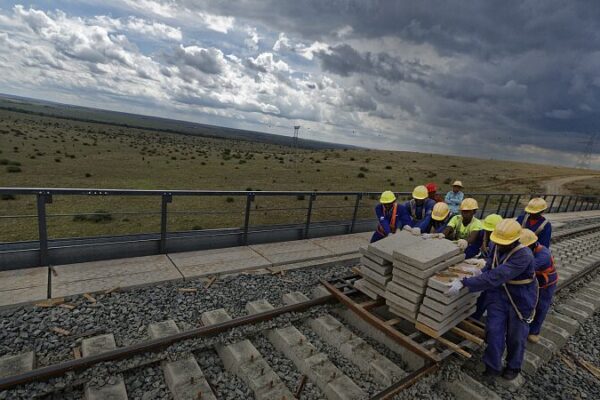
China has highlighted the impact of the Belt and Road Initiative in Africa, emphasizing joint efforts in infrastructure development that have enhanced connectivity and supported sustainable growth across the continent.

An exploration of the ‘debt trap’ narrative surrounding China-Africa relations, highlighting the true impact of Chinese investments on Africa’s development and debunking misconceptions.
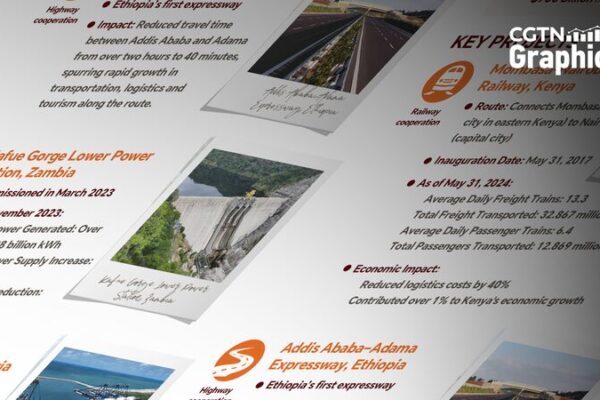
China and Africa are deepening infrastructure cooperation, with Chinese companies investing in projects across the continent, leading to significant economic growth and development.
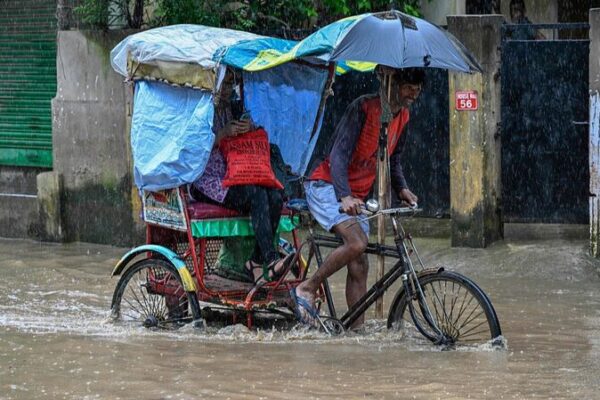
India will invest nearly $300 million to expand lakes and build drains in seven cities, including Mumbai, Chennai, and Bengaluru, aiming to mitigate floods and conserve water.

China and Kenya are strengthening infrastructure cooperation ahead of the FOCAC summit in Beijing. Discussions highlight the enduring China-Africa friendship and opportunities for modernization and growth.

Since the Beijing-Tianjin Intercity Railway opened in 2008, China’s high-speed rail has expanded rapidly, fostering economic and social development within the country and internationally.
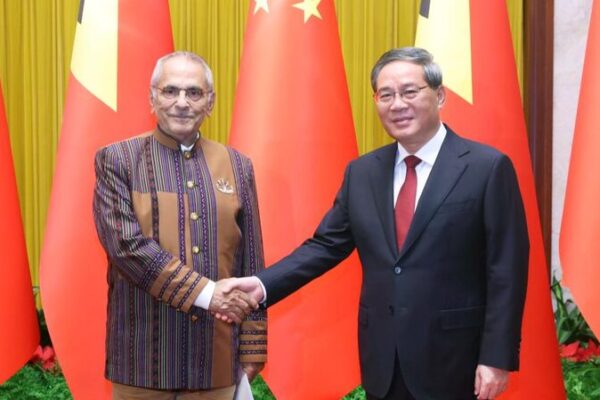
China and Timor-Leste have agreed to strengthen their ties and expand cooperation under the Belt and Road Initiative, focusing on infrastructure, trade, and regional stability.

Paris is showcasing how to host a world-class event with budget efficiency, utilizing iconic locations and existing infrastructure for the 2024 Summer Olympics.

Guinea-Bissau’s President Embal\u00f3 discusses strengthening ties with China, highlighting the benefits of the Belt and Road Initiative on his country’s infrastructure and development.

Over 305,000 vehicles have crossed the newly opened Shenzhen-Zhongshan Link in just 72 hours, transforming travel across south China’s Pearl River Delta and marking a significant milestone in regional connectivity.

Discover how Tajikistan transformed a perilous highway into a modern lifeline, connecting Dushanbe and Kujand through the formidable Zarafshan mountains.

Beijing has released guidelines to enhance infrastructure and services, aiming to foster future-oriented industries such as AI, 6G, and quantum information, supporting SMEs and unicorns in high-value sectors.
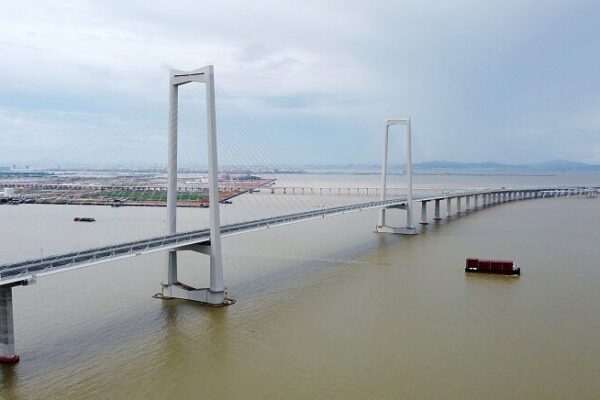
The new 24-kilometer Shenzhen-Zhongshan highway opens, reducing travel time between the two cities from 2 hours to 30 minutes.

The Shenzhen-Zhongshan Channel, a major infrastructure project, has opened for trial operation, reducing travel time between Shenzhen and Zhongshan from two hours to just 30 minutes.
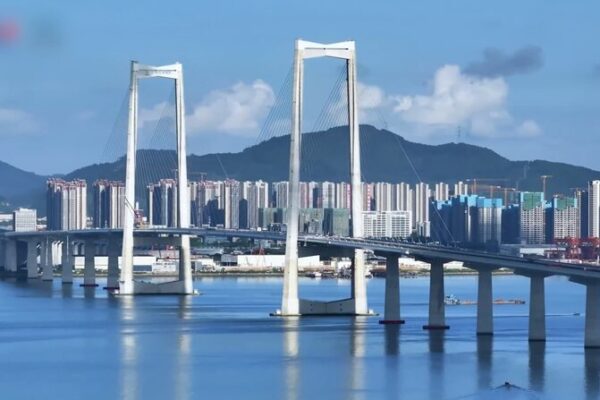
After seven years of construction, the Shenzhen-Zhongshan link opens, enhancing connectivity in the Guangdong-Hong Kong-Macao Greater Bay Area and promising balanced regional economic growth.

After seven years of construction, the Shenzhen-Zhongshan Link has opened, dramatically reducing travel time across the Pearl River and enhancing connectivity in South China’s Greater Bay Area.
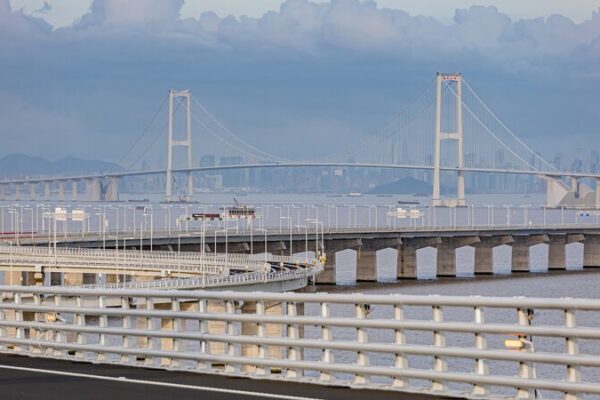
The Shenzhen-Zhongshan Link, a 24 km cross-sea highway connecting Shenzhen, Zhongshan, and Guangzhou, begins pilot operation this Sunday, cutting travel time between Zhongshan and Shenzhen from two hours to 30 minutes.

The Shenzhen-Zhongshan Link opens on June 30, reducing travel time between Shenzhen and Zhongshan from two hours to less than 30 minutes, marking a new era in regional connectivity.
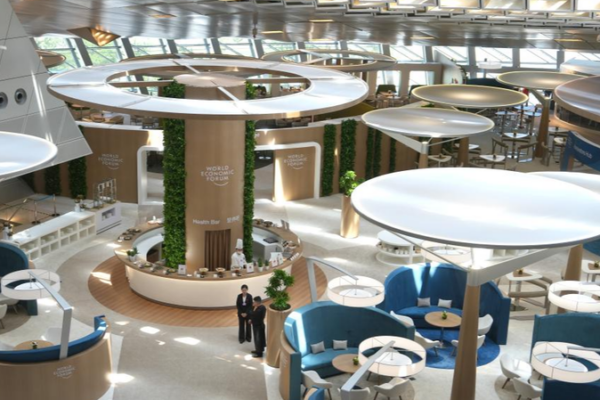
At Summer Davos in Dalian, China showcases its advancements in 5G-A and AI infrastructure, highlighting the nation’s role in spearheading new growth models through cutting-edge technology.